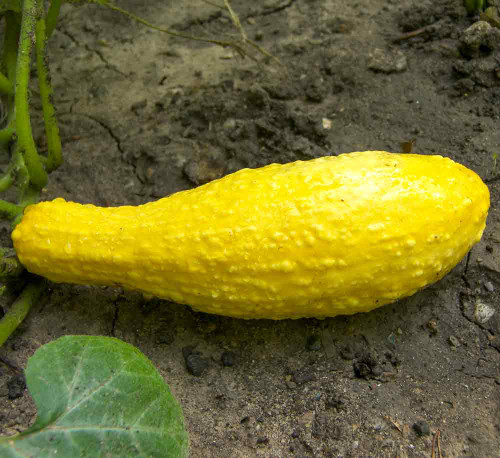Description
Summer Savory - The Herb for the Classical Cook's Garden
With its unique, peppery zest, summer savory plays an essential role in the classic Herbs de Provence mix, harmonizing beautifully with rosemary, thyme, and oregano to create a quintessential taste of southern France. This crucial annual herb, affectionately known as the "Bean Herb," deserves a place in every garden and kitchen. Summer savory is easy to grow and a favorite of pollinators like bees and butterflies. Its roots can be traced back to ancient Roman and Greek gardens. This time-honored herb, also known as Satureja hortensis, has a rich history and offers a multitude of uses in your kitchen and garden.
Details
With its slender, bronze-green leaves that release a warm, peppery fragrance when brushed against, summer savory delights the senses and adds a touch of wild beauty to any garden. This bushy herb, reaching a height of 12-18 inches, produces delicate white or pale pink blossoms, creating a charming display. Its compact size makes it ideal for containers, small gardens, or even a sunny window box.
Summer savory is a remarkably low-maintenance herb that tolerates drier conditions once established, making it a good choice for busy gardeners or those new to herb growing. This flavorful herb is a good friend to beneficial insects, attracting pollinators like bees and butterflies to your garden. Furthermore, it deters common pests such as bean beetles and cabbage moths and improves soil health by adding nitrogen when planted alongside companion vegetables. Whether you have a spacious backyard or a cozy balcony, this adaptable herb thrives in various soil types and climates, bringing beauty and bounty to your garden.
History
Summer Savory has a rich history, stretching back to ancient Greece and Rome, where it was cultivated for both culinary and medicinal purposes. Roman cooks, in particular, loved its distinctive flavor, incorporating it into a wide array of dishes—from simple sauces to elaborate feasts recorded in their early cookbooks. During the Middle Ages, it found a welcome home in monastery gardens, carefully tended by monks who valued its culinary and medicinal properties. Across Europe and the Middle East, summer savory became a staple in traditional dishes, adding its unique savoriness to hearty stews, roasted meats, and vegetable medleys.
Woven into folklore, summer savory was once believed to possess magical qualities, symbolizing love and courage and even warding off evil spirits. Today, summer savory continues to enchant us with its delightful flavor and versatility, bringing a touch of ancient history to our modern kitchens and gardens.
Uses
As its nickname, 'Bean Herb,' suggests, summer savory is the perfect partner for all kinds of beans. It adds a warm, savory depth to simple green beans, elevates hearty lentil stews with its peppery notes, and complements the earthy flavors of black beans and kidney beans. This versatile herb also shines in stuffings, lending a subtle spiciness to poultry and bread-based fillings. In soups, it adds a comforting warmth, while in egg dishes, it provides a delightful counterpoint to the richness of yolks.
Summer savory's versatility makes it an excellent addition to marinades for chicken or fish, rubs for roasted meats, and hearty vegetable dishes. Historically, summer savory was also renowned as a digestive aid, particularly for rich meals. Today, its versatility in the kitchen continues to enhance dishes with its distinctive flavor and aroma.
Companion Planting
Beneficial plantings include beans, which improve growth; onions, which deter onion flies; and carrots, which enhance growth. Other herbs that do well next to summer savory are thyme, marjoram, and rosemary. The flowers attract honeybees and repel cabbage moths.
Antagonistic plantings include cucumbers.
Planting and Growing Tips
About 4-6 weeks before your last expected frost, sow the seeds in a seed-starting mix, providing them with plenty of sunlight and warmth. A sunny windowsill or a grow light setup works perfectly. Once your seedlings have a few sets of true leaves and the danger of frost has passed, it's time to introduce them to the outdoors. Be sure to "harden off" your seedlings by gradually acclimating them to outdoor conditions over a week or so. This helps them adjust to the sun, wind, and temperature fluctuations. When you're ready to transplant, choose a sunny spot in your garden with well-drained soil. Space plants about 6-12 inches apart to give them room to grow. Water them regularly, especially during hot, dry spells, and they'll reward you with abundant, flavorful leaves.
Harvest Tips
Harvesting in the morning after any dew has dried from the leaves is best. Once your plants reach about 6-8 inches tall, you can snip sprigs or individual leaves as needed. A little tip for a bountiful harvest: pinch back the tips of the stems regularly. This encourages the plant to become bushier and produce even more leaves! For the most intense flavor, harvest before it flowers. Dry or freeze excess leaves to enjoy their flavor throughout the year. Whether adding it to winter stews or summer salads, homegrown summer savory will transport you back to your garden.
Learn More
From the soil to the seed to the food you eat - we'll help you grow your best garden!
1 Review
-
Summer after summer it keeps coming back
I gave this five stars for its resilience. I grew this plant two summers ago. I decided I didn't really care much for the flavor, -tasted like something for meat- Im a vegan--so I shared it with my friends and let it go to seed. After all it was an annual, I ignored it, and expected it to die like the basil does every year. This is the second year in a row that is has come back!! How amazing is that. Hence- 5 stars.













